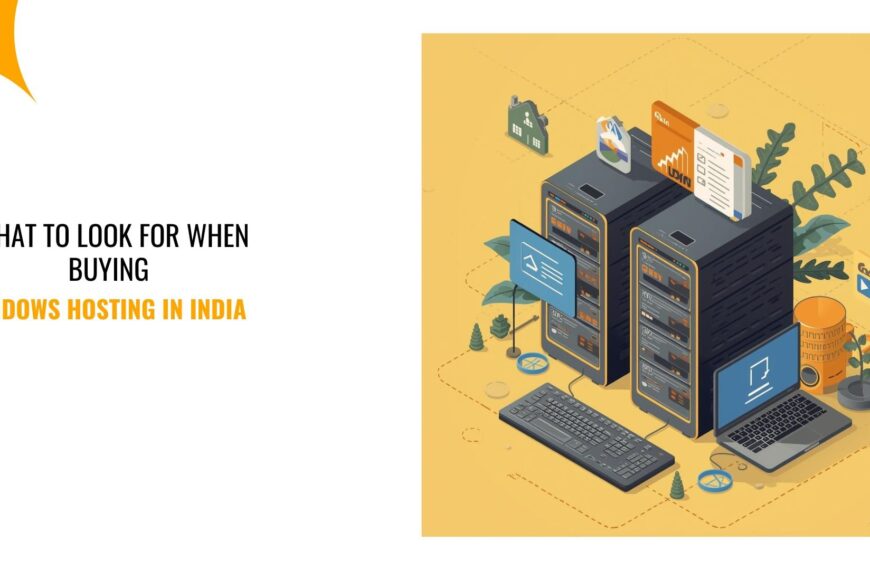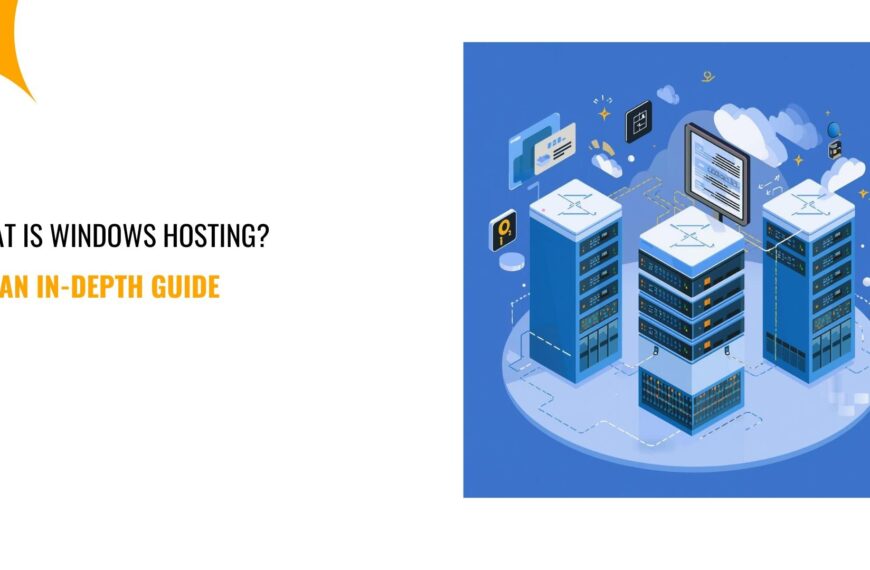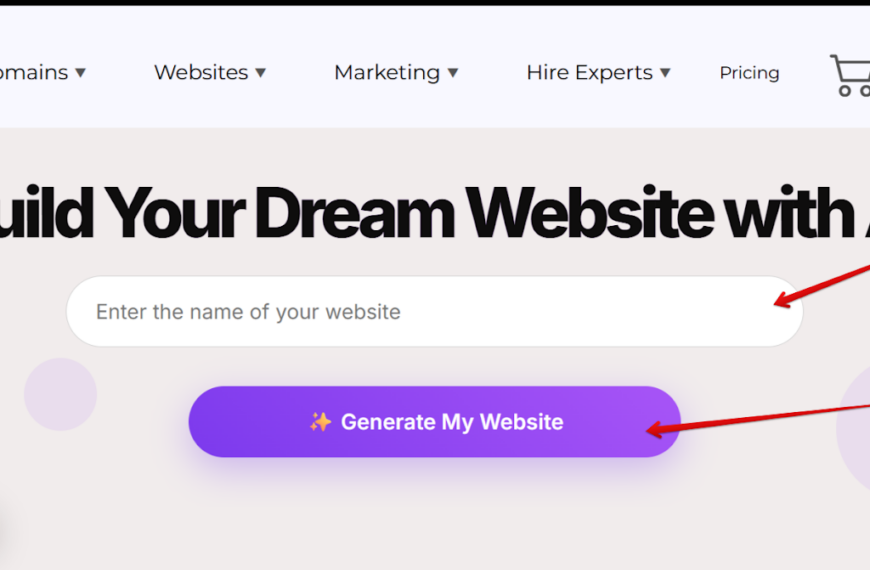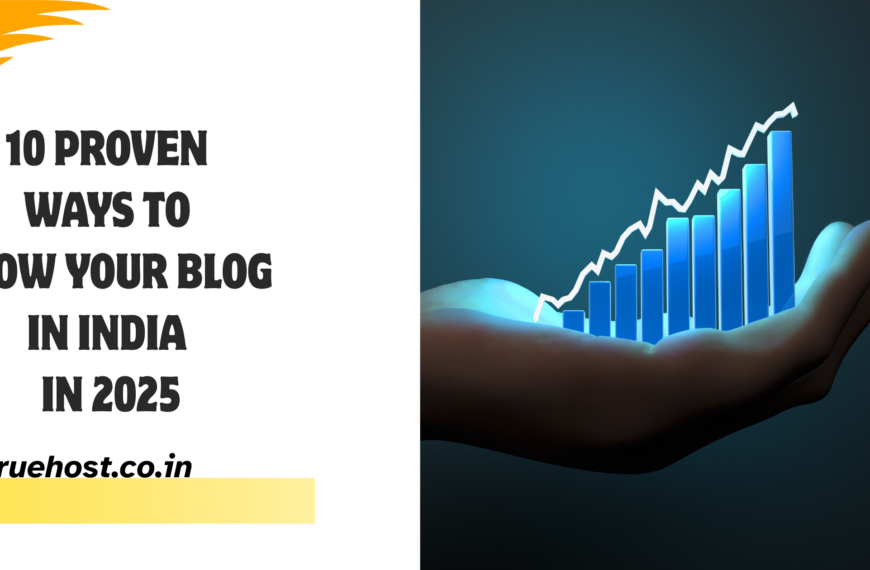As an Indian blogger, you know that creating engaging content is only half the battle.
To reach your audience and build a successful blog, you also need to focus on search engine optimization (SEO).
SEO is the process of optimizing your website to rank higher in search engine results, and it’s crucial for driving organic traffic and growing your online presence.
In this comprehensive blog post, we will discuss the top SEO tips and strategies that Indian bloggers can use to boost their search engine rankings and visibility.
So, whether you’re just starting out or looking to take your blog to the next level, read on for the best SEO tips for Indian bloggers!
SEO Statistics To Keep in Mind
But before we start, here’s a breakdown of some of the most important and up-to-date SEO statistics for bloggers, along with insights into their importance:
General Blogging and SEO Stats
- 77% of internet users read blogs regularly. (Demand Metric) This shows a huge potential audience for bloggers who optimize their content effectively.
- Companies with blogs produce an average of 67% more leads monthly than companies that don’t blog. (DemandMetric). SEO-optimized blogs are powerful lead generation tools.
- Websites with active blogs have 434% more indexed pages. (BKA Content). More indexed pages mean more opportunities to appear in search results.
Key SEO Practices
- 68% of online experiences begin with a search engine. (BrightEdge). Emphasizes the critical need for bloggers to understand how search engines work to attract organic traffic.
- 51% of companies measure the success of their blog content based on organic traffic. (WPBeginner). Organic traffic is seen as a key indicator of SEO success.
- Only 5.7% of pages will rank in the top 10 search results within a year of publication. (Ahrefs). This highlights the competitiveness of SEO and the importance of a long-term strategy.
Content Optimization
- The average word count of top-ranking Google results is between 1,140-1,285 words. (Backlinko). While quality matters more than sheer length, longer, in-depth content tends to perform better.
- Titles with 6-13 words attract the highest and most consistent amount of traffic. (OptinMonster) Finding the sweet spot for title length is important for click-through rates.
- SEO leads have a 14.6% close rate, while outbound leads have a 1.7% close rate. (OptinMonster). Investing in SEO can dramatically improve lead conversion.
Visuals and Engagement
- Articles with images get 94% more views. (OptinMonster). High-quality visuals are essential to boost engagement with your blog content.
- Using photos of real people instead of stock photos can result in a 35% conversion increase. (OptinMonster). Authenticity in visuals matters.
- Video content is 50 times more likely to drive organic search traffic than plain text. (Omnicore) Video is an increasingly powerful tool for SEO.
Things to Keep in Mind
- SEO is an ongoing process. Results aren’t usually immediate, so a consistent, focused approach is key.
- Quality matters. Create content that provides genuine value to your audience.
- User experience is vital. Google and other search engines factor in how users interact with your website; make sure your blog is well-designed and easy to navigate.
If you want more, consider the following resources:
- Ahrefs: https://ahrefs.com/blog/blogging-statistics/
- OptinMonster: https://optinmonster.com/blogging-statistics/
- Semrush: https://www.semrush.com/blog/blogging-stats/
Top SEO Tips for Indian Bloggers: Ranking Higher in Search Engines

When it comes to SEO, there are several techniques and best practices that Indian bloggers can use to improve their search engine rankings.
Here are some of the most important SEO tips to help you boost your organic rankings and drive more traffic to your blog:
Keyword Research: Finding the Right SEO Keywords
Keywords are the foundation of SEO.
They are the words and phrases that users type into search engines to find information.
To optimize your blog for search engines, you need to identify the right keywords that your target audience is using.
There are several keyword research tools available, such as Google Keyword Planner, that can help you find relevant and popular keywords related to your blog topic.
When choosing keywords, consider their search volume, competition, and relevance to your blog content.
On-Page SEO: Optimizing Your Blog Posts
On-page SEO refers to the practices you use on your website to optimize your content for search engines.
This includes optimizing your title tags, meta descriptions, header tags, and content.
Here are some top SEO tips for on-page optimization:
- Title Tags: Create concise and descriptive title tags that include your primary keyword. Title tags are HTML elements that specify the title of your web page, and they are displayed on search engine results pages (SERPs) as the clickable headline for your page.
- Meta Descriptions: Write unique and compelling meta descriptions that summarize your blog post’s content. Meta descriptions are HTML attributes that provide a brief overview of your page’s content, and they can influence click-through rates from SERPs.
- Header Tags: Use header tags (H1, H2, H3, etc.) to structure your content and make it easier for search engines to understand. Include your keywords in your header tags where relevant.
- Content Optimization: Create high-quality, keyword-rich content that provides value to your readers. Make sure your content is unique, engaging, and relevant to your target audience.
Off-Page SEO: Building Backlinks and Authority
Off-page SEO refers to activities that happen outside of your website, and one of the most important aspects is building backlinks.
Backlinks are incoming links to your website from other sites, and they are a significant factor in determining your search engine rankings.
Here are some SEO tips for building backlinks:
- Create Shareable Content: Create content that is informative, entertaining, or newsworthy, and that people will want to share and link to.
- Guest Blogging: Contribute articles to other blogs in your niche and include a backlink to your own blog in your author bio.
- Influencer Outreach: Reach out to influencers and industry leaders in your niche and ask them to link to your content if they find it valuable.
- Broken Link Building: Find broken links on other websites and suggest your own relevant content as a replacement.
Technical SEO: Optimizing Your Website’s Structure
Technical SEO involves optimizing the technical aspects of your website to make it easier for search engines to crawl and index your pages.
Here are some SEO tips for improving your website’s technical SEO:
- Site Structure: Create a clear and logical site structure with well-organized categories and tags. This helps search engines understand the hierarchy and relationship between your pages.
- URL Structure: Use SEO-friendly URLs that are short, keyword-rich, and easy to read. Avoid dynamic or complicated URLs that are hard for search engines to crawl.
- Site Speed: Optimize your website’s loading speed by compressing images, using a content delivery network (CDN), and minimizing HTTP requests. Fast loading times improve user experience and can boost your search engine rankings.
- Mobile Responsiveness: Ensure your website is mobile-friendly and optimized for different screen sizes. With the increasing number of mobile users, having a mobile-responsive design is crucial for both user experience and SEO.
Understand User Intent and Creating Relevant Content
When creating content for your blog, it’s important to understand the intent behind your users’ searches.
Are they looking for informational or educational content, or are they ready to make a purchase?
By understanding user intent, you can create content that aligns with their needs and provides value.
Here are some SEO tips for understanding and catering to user intent:
- Conduct Keyword Research: Keyword research tools can help you understand the intent behind different keywords. For example, keywords like “buy” or “discount” often indicate commercial intent, while “how-to” or “guide” keywords suggest informational intent.
- Analyze the Competition: Look at the top-ranking pages for your target keyword and understand what type of content they are providing. This can give you insights into what users are looking for and how you can create even better content.
- Optimize for Featured Snippets: Featured snippets are selected search results that appear at the top of Google’s SERPs, providing a quick answer to the user’s query. Optimizing your content for featured snippets can increase your visibility and traffic.
10+ SEO Tips and Tricks for Indian Bloggers

Here are some additional SEO tips and tricks that Indian bloggers can use to improve their search engine rankings and optimize their blogs:
- Use SEO-friendly permalinks: Ensure your blog post URLs are SEO-friendly and include your target keyword. This helps search engines understand what your page is about.
- Optimize images: Include alt tags and descriptive file names for your images to help search engines understand them. Images can also be a source of organic traffic through image search results.
- Internal linking: Link to other relevant pages on your blog to improve crawlability and distribute link equity throughout your site.
- Use SEO plugins: If you’re using a platform like WordPress, install an SEO plugin like Yoast SEO to help you optimize your content and manage technical SEO aspects.
- Monitor your SEO performance: Use tools like Google Search Console and Google Analytics to track your blog’s SEO performance, identify issues, and make data-driven decisions.
- Stay up-to-date with SEO changes: SEO is an ever-changing field, so it’s important to stay informed about algorithm updates and industry best practices. Follow leading digital marketing blogs and SEO websites to keep yourself informed.
- Focus on user experience: Ultimately, your blog should provide a positive user experience. Make sure your site is easy to navigate, has a clean design, and offers valuable, engaging content.
- Optimize for local search: If your blog targets a specific geographic area, optimize your content and metadata for local search. This can include using location-specific keywords and claiming your Google My Business listing.
- Build a strong internal linking structure: Internal links help search engines understand the hierarchy and importance of pages on your site. Link to relevant posts and pages within your blog to improve your internal linking structure.
- Monitor and analyze your competitors: Keep an eye on your competitors’ SEO strategies and learn from their successes and failures. This can give you insights into what works well in your niche.
Understand Search Intent and Create Content That Ranks
One of the most important SEO tips for Indian bloggers is to understand search intent and create content that matches what users are looking for.
Search intent, also known as user intent, refers to the reason behind a user’s search query.
There are three main types of search intent: informational, commercial, and transactional.
- Informational intent: The user is looking for information or answers to a question. For example, “how to make chicken curry.”
- Commercial intent: The user is researching with the intent to buy but may not be ready to purchase just yet. For example, “best laptop for students.”
- Transactional intent: The user has the intent to make a purchase. For example, “buy iPhone 13 online.”
To optimize your content for search intent, you need to understand what type of information or solution the user is seeking and create content that satisfies their needs.
Here are some SEO tips to help you understand and create content that matches search intent:
- Use keyword research tools: Keyword research tools can give you insights into the search volume and competition of keywords, but they can also help you understand user intent. Look at the “People also ask” and “Related searches” sections in tools like Google Keyword Planner to get an idea of the type of information users are seeking.
- Analyze the top-ranking pages: Take a look at the pages that are already ranking well for your target keyword. What type of content are they providing? Are they blog posts, product pages, or something else? Understanding the content that currently ranks well can give you clues about what search engines deem relevant for that particular query.
- Optimize for featured snippets: As mentioned earlier, featured snippets are selected search results that appear at the top of SERPs, providing a quick answer to the user’s query. Optimizing your content for featured snippets can increase your visibility and traffic, especially for informational queries.
- Use the right format: Different types of content formats work better for different types of search intent. For example, a product review might be better suited to a video format, while a how-to guide could be more effective as a step-by-step written tutorial.
Get SEO Recommendations from Popular SEO Blogs
Staying up-to-date with the latest SEO news, trends, and best practices is crucial for any blogger who wants to improve their search engine rankings.
One of the best ways to do this is by following popular SEO blogs and digital marketing websites.
These blogs are often run by industry experts and provide valuable insights, tips, and strategies that you can implement on your own blog.
Here are some of the top SEO blogs that Indian bloggers can follow to get the latest SEO recommendations:
- Moz: Moz is a leading SEO software company that offers a wealth of resources for beginners and experts alike. Their blog covers a range of topics, including keyword research, link building, local SEO, and more.
- Search Engine Journal: Search Engine Journal is a popular digital magazine that covers the latest search news, strategies, and trends. They offer how-to guides, interviews, and opinion pieces from industry experts.
- Backlinko: Backlinko is an SEO blog founded by Brian Dean, a well-known SEO expert. The blog is known for its in-depth, actionable guides and case studies on a range of SEO topics.
- Google Search Central Blog: This is Google’s official blog for webmasters and SEO professionals. It provides updates, guidelines, and best practices directly from the search engine giant itself.
- Semrush Blog: Semrush is another leading SEO software company that offers a comprehensive blog covering various digital marketing topics, including SEO, content marketing, and social media.
In addition to these popular SEO blogs, Indian bloggers can also follow local digital marketing blogs and websites that offer region-specific insights and strategies.
Staying informed and implementing the latest SEO recommendations can help you stay ahead of the competition and improve your search engine rankings.
Implement These SEO Tips and See Results
Implementing effective SEO strategies is crucial for Indian bloggers who want to increase their search engine visibility and drive organic traffic to their blogs.
By following the SEO tips and best practices outlined in this article, you can optimize your blog for search engines and provide a better user experience for your readers.
Remember that SEO is an ongoing process, and it may take time and consistent effort to see significant improvements in your search engine rankings.
Stay patient, continue creating high-quality content, and keep optimizing your blog using these SEO tips, and you’ll be well on your way to becoming a top-ranking Indian blogger!
We hope this article on “SEO Tips for Indian Bloggers” has provided you with valuable insights and actionable strategies to enhance your search engine optimization game.
Keep learning, stay persistent, and watch your blog soar to new heights in the competitive world of online search!
Read also:
 cPanel HostingManage your website with cPanel, the most user-friendly hosting control.
cPanel HostingManage your website with cPanel, the most user-friendly hosting control. Domains SearchFrom .com to unique country domains, explore and register extensions worldwide.
Domains SearchFrom .com to unique country domains, explore and register extensions worldwide. Email HostingSimple, secure email hosting that helps you stay connected and professional.
Email HostingSimple, secure email hosting that helps you stay connected and professional. Reseller HostingStart your own hosting business with easy and reliable reseller hosting plans.
Reseller HostingStart your own hosting business with easy and reliable reseller hosting plans. AffiliateJoin our affiliate program and earn commissions every time you bring in new customers.
AffiliateJoin our affiliate program and earn commissions every time you bring in new customers. IN Domain PricesDon’t miss out on the best domain deals in India!
IN Domain PricesDon’t miss out on the best domain deals in India! WHOIS LookupFind out who owns a domain name with a quick and easy WHOIS search.
WHOIS LookupFind out who owns a domain name with a quick and easy WHOIS search. Domain TransferTransfer your domain to us and enjoy reliable support every step of the way.
Domain TransferTransfer your domain to us and enjoy reliable support every step of the way. .Com DomainGet the most trusted domain for worldwide credibility
.Com DomainGet the most trusted domain for worldwide credibility All TldsSearch and register domain extensions worldwide.
All TldsSearch and register domain extensions worldwide.







